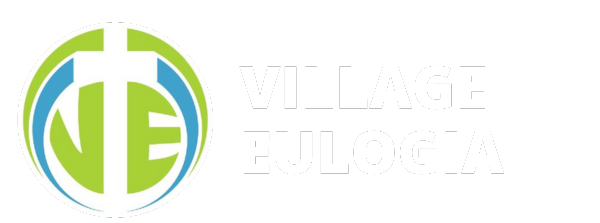My son’s mantra is, “I don’t know what I don’t know.” When he first said it, he was referring to the impossibility of responding to something he had never encountered before. In his neurodivergent mind, the world’s expectations felt overwhelming and, at times, shaming.
Navigating life without a diagnosis felt like wandering through a glass maze. Every direction seemed like it could be the way out, but we kept bumping into invisible barriers. My son wasn’t formally diagnosed until the end of his middle school years. By then, we had spent what felt like half his life bumping, bruising, and guessing our way through his challenges. There were days we felt hopeful, thinking, “Maybe it’s just a phase,” only to be followed by the crushing realization, “Why didn’t we seek help sooner?” Moments of awe over his attention to detail, intense focus, and elaborate vocabulary were quickly overshadowed by frustration and heartbreak over his struggles—his difficulties with balance (biking, skating), his fear of climbing a ladder or playground equipment, and his difficulty recognizing faces.
I tried to be proactive rather than reactive. Every year, I spoke with his teachers about his propensity to cry over seemingly trivial things—like the time his kindergarten teacher accidentally dropped his pencil and he sobbed uncontrollably. Time and again, the teachers reassured me, “Don’t worry, it’s just a phase,” and promised to help him.
But what exactly did he need help with?
There were embarrassing moments, like at church, when the children’s worship leaders used hand motions during a song and called upon the children to pretend to be flying or to be a fish swimming, and he would lose his temper, shouting that he wouldn’t pretend to be someone he wasn’t. Or the times he clung to “friends” who blatantly bullied and hit him. Seeing him cry at the dining room table after school, struggling to write a creative piece, was one of the most defeating moments for me as a teacher and a mother. Hearing him say, “I have no ideas! I have no ideas!” broke my heart.
In middle school, we found a psychologist who began working with my son. From our first meeting, she strongly recommended a full diagnosis before starting treatment. My answer was always the same: “No.” Each time, I refused.
Why did I resist for nearly 18 months? Because I was terrified. I feared that a diagnosis would become a label, one that would define and limit my son’s potential forever. In my mind, labels felt like invisible fences, boxing him into societal expectations and judgments.
But as the months passed, the uncertainty weighed heavier than the fear of labels. I felt defeated and was exhausted. My son was struggling, and my well-meaning attempts to protect him only left him vulnerable to the world’s unkind labels: stubborn, disruptive, weird, messy, naive. Without clarity, every intervention felt like fumbling in the dark, hoping to stumble upon the right solution.
It wasn’t until one heartbreaking night when my son, through tears, asked me, “What’s wrong with me? I’ve tried everything, Mom. Why can’t I fix this?” that I realized I could no longer avoid the truth. I hugged him tightly, my heart breaking, and whispered, “I don’t know, but we’ll figure it out together.”
That moment changed everything. In trying to protect my son from being defined by one label, I had inadvertently allowed countless others to be placed on him. Seeking a diagnosis was terrifying—it felt like stepping into uncharted waters—but it was also the first step toward clarity, understanding, and, ultimately, freedom. It is as if I had been trying to address symptoms without wanting to go through the process of diagnosing and allowing to be prescribed antibiotics without knowing the infection; it is like we had been driving without a map or destination.
That night, seeing him voice the self-doubt and pain that had been growing inside him for years propelled us to finally seek a diagnosis.
Yes, pursuing a diagnosis was terrifying. The unknown is risky and scary. The day we received his diagnosis shattered my heart. But it also changed our lives for the better. It gave us clarity and direction. Yes, my son now carries a label, but it is one label, and as we learn more about it, we are more and more proud of it. No longer can people label him however they please. The diagnosis took time to process, understand, and accept, but it brought with it an incredible truth: there is nothing wrong with him.
God designed my son uniquely, like the early iPhone or Tesla when they first debuted. They may have looked like a regular phone or car on the surface, but their inner workings were entirely different—complex, advanced, and designed with a purpose all their own. Once you understood their design, you could appreciate their brilliance and operate them to their full potential. My son’s diagnosis was like reading the user manual for the first time—it didn’t change who he was, but it allowed us to finally understand and support him in the way he needed.
Receiving the diagnosis was like finding a lighthouse in the fog. It didn’t erase the challenges, but it illuminated a path forward. It gave us tools to chart our course and a new perspective on his journey.
If you are afraid of being labeled and have avoided seeking a diagnosis, consider this: what labels are others—and even you—placing on yourself? How are those labels eating away at your sense of worth and value? Diagnosis can be hard, but it can also mark the beginning of a new way of living, filled with understanding, acceptance, and growth.
© 2024 Sandy Ho. All rights reserved.


